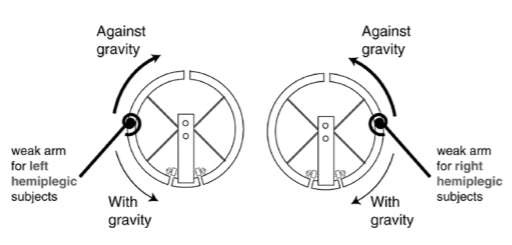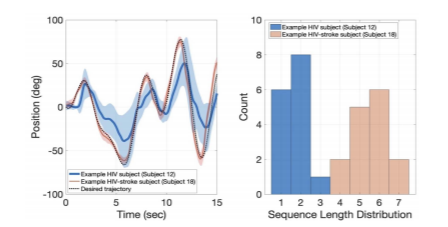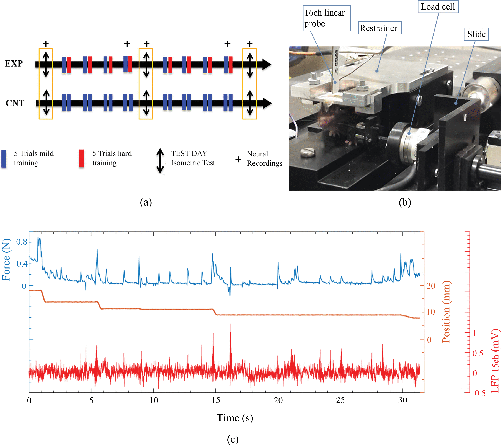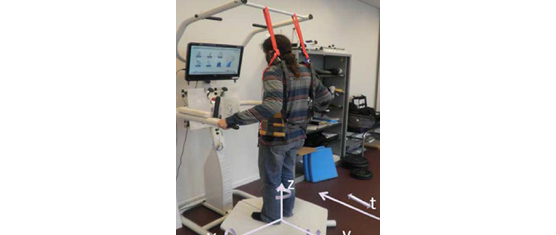Abstract:Stroke is the leading cause of disability among adults in the United States. Behaviors such as learned nonuse hinder hemiplegic stroke survivors from the full use of both arms in…
read moreThere is a pressing need for strategies to slow or treat the progression of functional decline in people living with HIV. This paper explores a novel rehabilitation robotics approach to…
read moreRodent models are decisive for translational research in healthy and pathological conditions of motor function thanks to specific similarities with humans. Here, we present an upgraded version of the…
read moreAbstract This paper presents the design and implementation of IsiMove, a new dynamic posturography platform. It allows the evaluation of the static and dynamic balance of a human placed on…
read more



